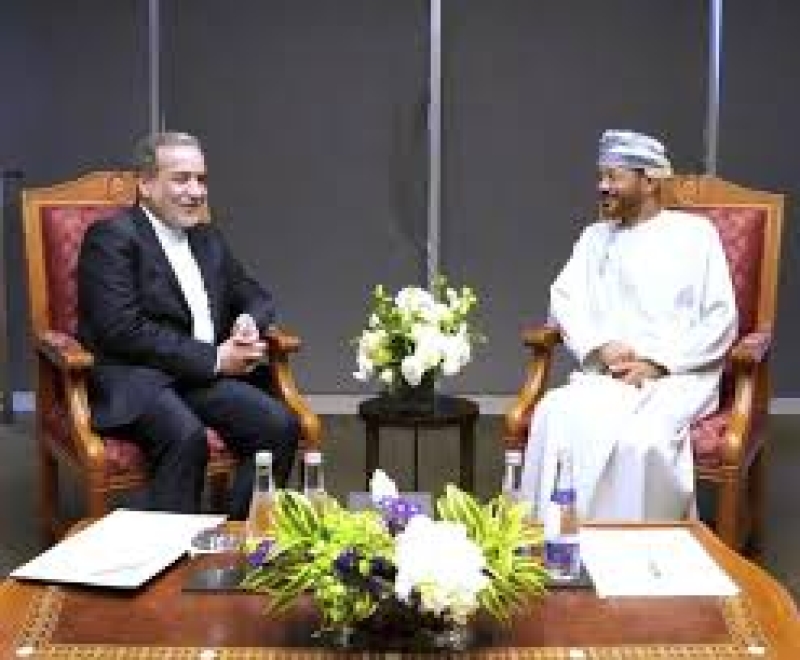- CA Yunus pays homage to Liberation War martyrs on Victory Day |
- Bangladesh capital market extends losing streak for second day |
- Bangladesh celebrates Victory Day Tuesday |
- 'Different govts presented history based on their own ideologies': JU VC |
Iran and US Envoys Arrive in Oman for Crucial Nuclear Talks

Envoys from Iran and the United States arrived in Oman on Saturday for the first round of talks over Tehran’s rapidly advancing nuclear program since President Donald Trump’s return to the White House. While no immediate breakthrough is expected, the stakes of these negotiations are extraordinarily high, given the long-standing enmity between the two nations, now approaching half a century.
President Trump has repeatedly threatened airstrikes on Iran’s nuclear facilities if an agreement is not reached, while Iranian officials have increasingly signaled their intent to pursue a nuclear weapon, citing their stockpile of uranium enriched to near-weapons-grade levels.
Flight-tracking data revealed that a private jet from Pulkovo Airport in St. Petersburg, Russia, arrived in Oman on Saturday morning. U.S. Mideast envoy Steve Witkoff had met with Russian President Vladimir Putin the previous day in St. Petersburg. Meanwhile, Iran’s Foreign Ministry released footage of Tehran’s top diplomat, Abbas Araghchi, meeting with Omani Foreign Minister Badr al-Busaidi. According to Iran's state-run IRNA news agency, Araghchi provided the Iranian position and key points for the talks to be relayed to the U.S. side. The meeting is expected to take place later on Saturday.
Araghchi told IRNA, “If there is sufficient will on both sides, we will decide on a timetable. But it is still too early to talk about that. What is clear now is that the negotiations are indirect, focused solely on the nuclear issue, and will proceed with the necessary will to reach an agreement that secures the national interests of the Iranian people.”
While Iran's approach remains indirect, U.S. officials, including Witkoff, have emphasized direct negotiations. “Our position begins with dismantling your program. That’s our position today,” Witkoff said in a pre-trip interview with The Wall Street Journal. He added, “That doesn’t mean we won’t look for compromises at the margins, but where our red line lies is there can’t be weaponization of your nuclear capability.”
The U.S. has indicated it may offer sanctions relief to help alleviate Iran’s struggling economy, but it remains unclear how much Tehran is willing to compromise. Under the 2015 nuclear deal, Iran was permitted a limited stockpile of uranium enriched to 3.67%. Today, Iran’s stockpile could potentially fuel multiple nuclear weapons, with some material enriched to 60%—a short technical step away from weapons-grade levels. Given the trajectory since Trump’s 2018 withdrawal from the deal, Iran is likely to seek the ability to continue enriching uranium to at least 20%.
However, one thing is clear: Iran will not abandon its nuclear program entirely. This makes proposals like Israeli Prime Minister Benjamin Netanyahu’s suggestion of a “Libyan solution”—where facilities are destroyed and equipment dismantled under American supervision—unrealistic. Iranians, including Supreme Leader Ayatollah Ali Khamenei, have cited the fate of Libyan dictator Moammar Gadhafi, who was killed by rebels following his decision to give up his nuclear ambitions, as a warning against trusting the United States.
As both sides prepare for this critical round of talks, the world watches closely, aware that the outcome of these discussions could have profound implications for regional stability and global security.

